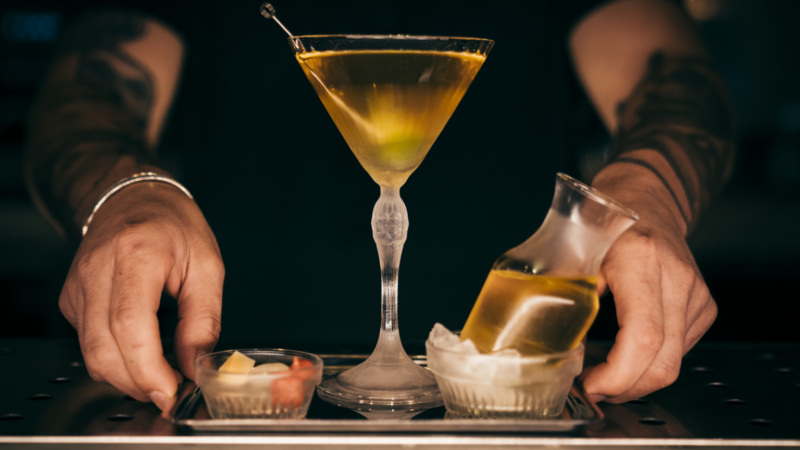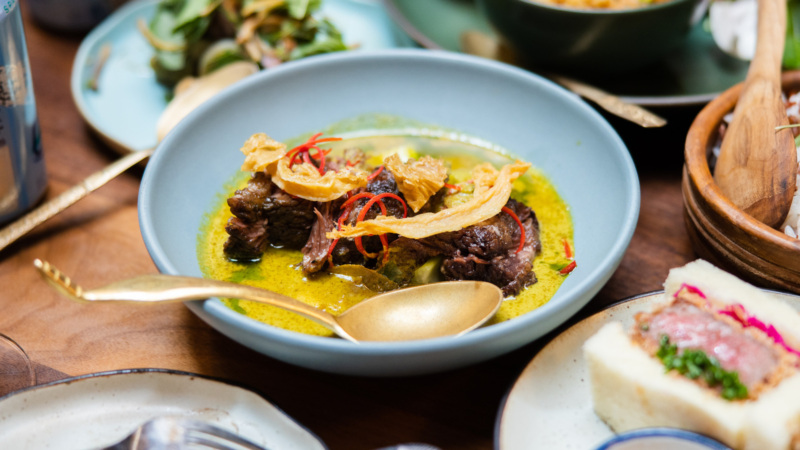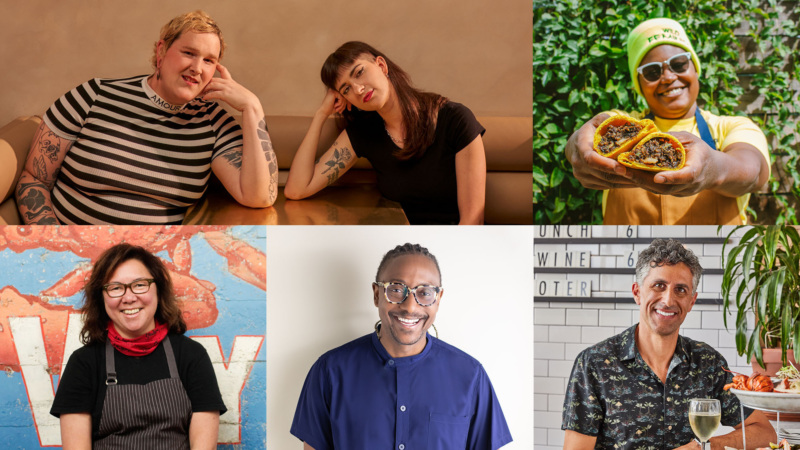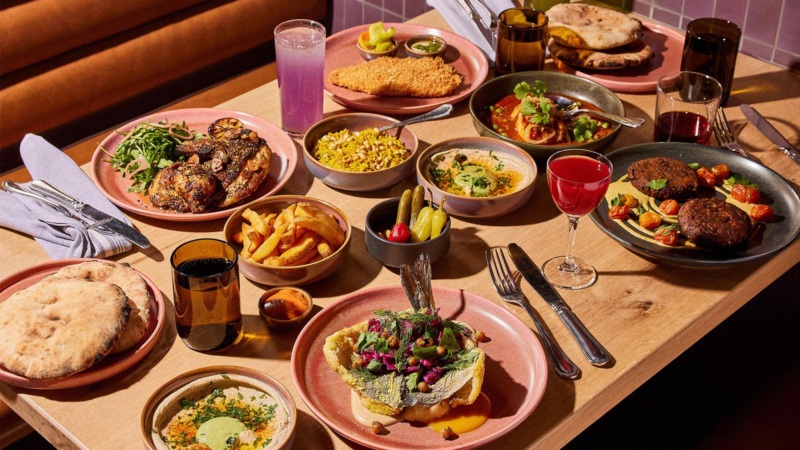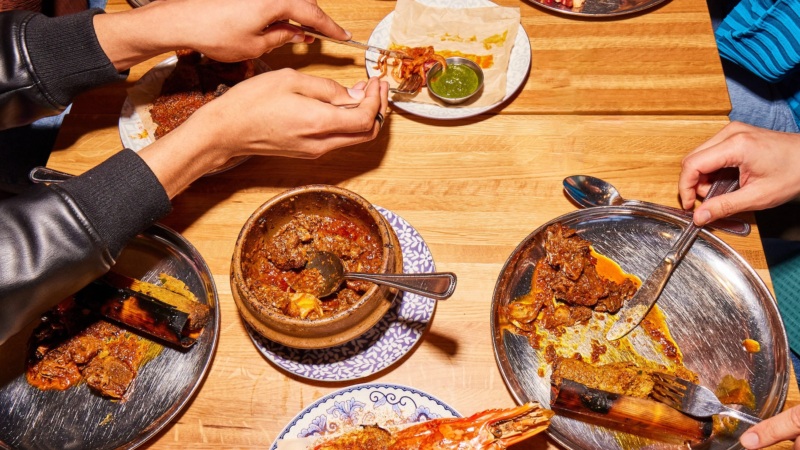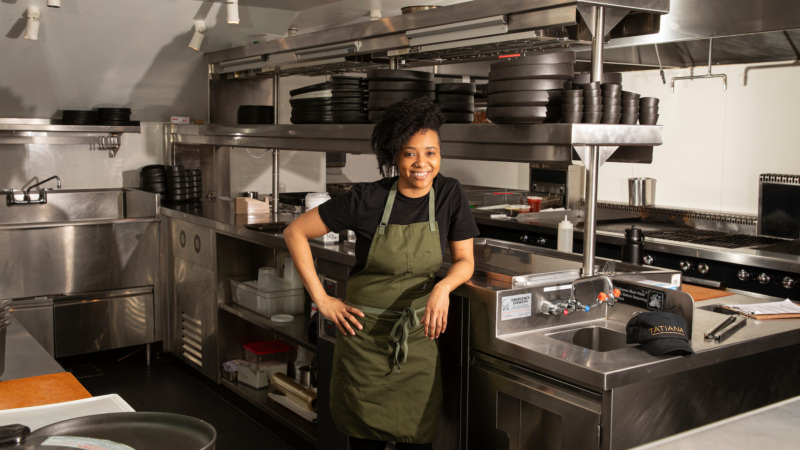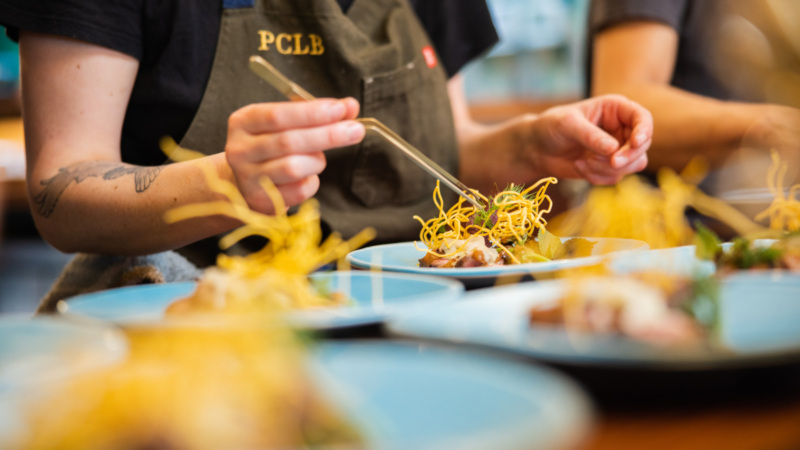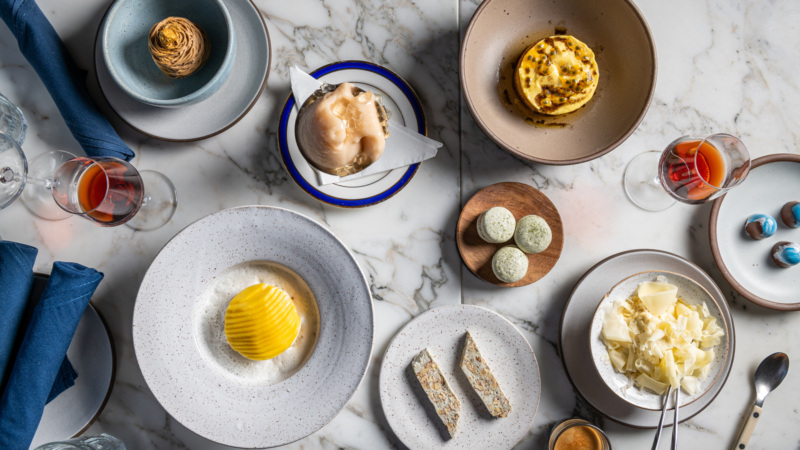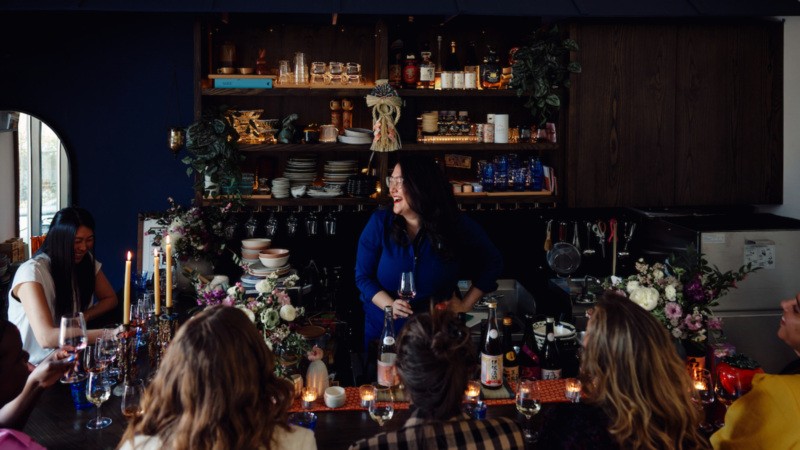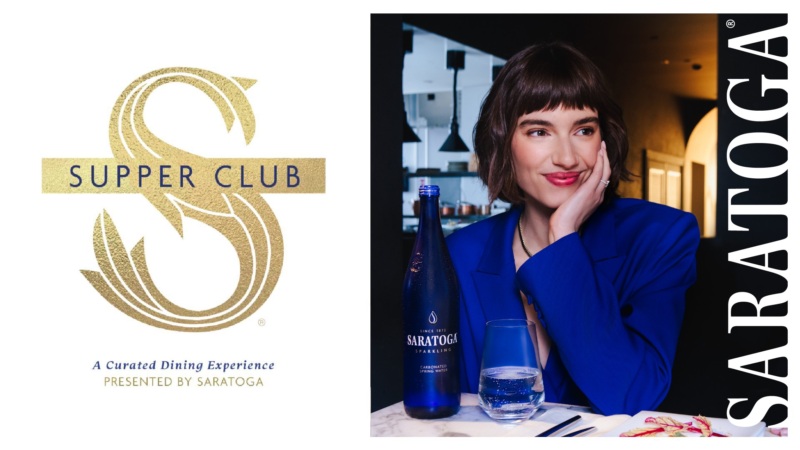
Five Things to Watch in the Restaurant World in 2021
For restaurants, the year 2020 was one of incredible loss but also, one of some incredible innovations. Whether out of necessity, survival, or just pure grit, so many restaurant workers found ways to circumvent the many, many challenges thrown their way, and to continue to grow and deliver hospitality in innovative ways, despite the odds.
In 2021, that work continues, in a permanent way.
Despite the heartbreaking closures of too many restaurants in 2020, we also saw businesses open and reopen — and that, too, will continue into 2021. And the places we’ve grown to love aren’t giving up on innovating, on creating new menu items and testing out new concepts, either. Even in a pandemic.
For restaurants, 2021 will be a time to build something new, and maybe something even better. Here’s how restaurants will continue to innovate and push forward to a new era.
- On Restaurants, Strikes, and the Industry’s Future: A Conversation with Gabrielle Hamilton
- Seven Lessons Learned About Restaurants in a Year Unlike Any Other
- Pandemic Pop-Ups Are Changing How We Dine — For the Better
- How Afro-Tiki Is Reclaiming Tiki Culture for the Next Generation
- Hot Pot Hot Take: Outdoor Winter Hot Pot is the Best Hot Pot
- Oxalis’ Steve Wong on the Restaurant Industry’s Reinvention Conundrum
Restaurants will be much more than just dining rooms.
“We can’t take for granted that a dining room can carry us through a crisis,” says Fort Defiance owner St. John Frizell. In April, he transformed his 11-year-old Brooklyn restaurant into a general store. Today, it also offers catering and mail-order services, and he doesn’t regret the decision. “We’re not profiting, but we are certainly losing less than we would if were a restaurant still.” This year, Frizell is moving Fort Defiance a block away into a new, bigger space that will allow him to bring back the restaurant, as well as still operate a general store.
Last year, we saw restaurants transform themselves to become whatever their communities needed them to be. They became neighborhood grocery stores (Cervo’s, Dame, Kismet). They started selling their own merchandise (King, Merch 4 Relief). They became specialty food brands (Goldbelly’s partnerships with The Grey, Union Square Hospitality Group, etc.). They started selling consumer packaged goods in grocery stores like H.E.B. They became remote co-working locations, like The Queensboro. They started using ghost kitchens (Sylvia’s). They went hard on delivery (MP Grocery), at-home dining kits (Crown Shy, Jon & Vinny’s), and pantry boxes (Oxalis). We saw chefs like Irene Li, Tom Colicchio, and Rick Bayless turn to virtual cooking classes.
But now, instead of thinking of these as stop-gap measures, or temporary means of diversifying revenue streams, any restaurant will have to consider these “pivots” in their business models going forward. 2020 made it clear it’s not enough for a restaurant to just be a place that serves food anymore. They must do — and be — so much more.

Restaurants probably won’t look the same as they did before.
Last year, restaurants reimagined outdoor space with inventive parklets and other dining setups, some of which might become permanent fixtures for the foreseeable future. But even beyond these physical structures, restaurants in 2021 will likely not physically resemble the restaurants we knew before the pandemic.
COVID-19 showed many restaurateurs the pit falls of having large indoor spaces that required huge staffs, in mostly commercial neighborhoods. On the flip side, it showed them the advantages of having smaller indoor spaces with easy and ample outdoor space, with a larger reliance on counter service and to-go options, and with smaller staffs in more residential neighborhoods.

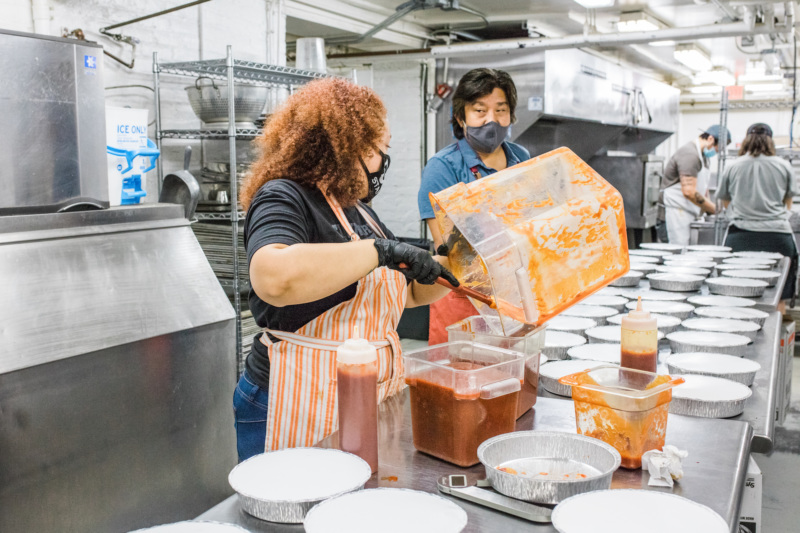
There’s been a shift in how we connect to restaurants.
Especially in the last decade, restaurants have become the ultimate third places: places that feed us, connect us, and comfort us. But something changed last year: Restaurants realized just how important they are to their communities, they started to see just how much of a positive impact they could have on us. Restaurants are more than just places that serve food and drink — they’re community centers where we can learn from one another and effect real change.
In the pandemic, even when their doors were closed, restaurants still found a way to be there for us. They fed frontline workers. They fed those suffering from food insecurity by becoming community kitchens. They came together and they fed their own, too, with organizations like the Southern Smoke Foundation, the LEE Initiative, and ROAR, or even forming small neighborhood-focused initiatives like the Good Hood Deal in New York. In Houston, Lucille’s chef-owner Chris Williams launched a nonprofit, Lucille’s 1913, to feed those in need in Houston.
“I hope that going into 2021 and beyond, more restaurants will continue to give back to their communities in a meaningful sense, because there’s a real chance to change the way restaurants are run,” says Patricia Howard of New York’s Dame. At Dame, Howard and Ed Szymanski donated more than $20,000 in profits from their pop-up this summer to several different causes.

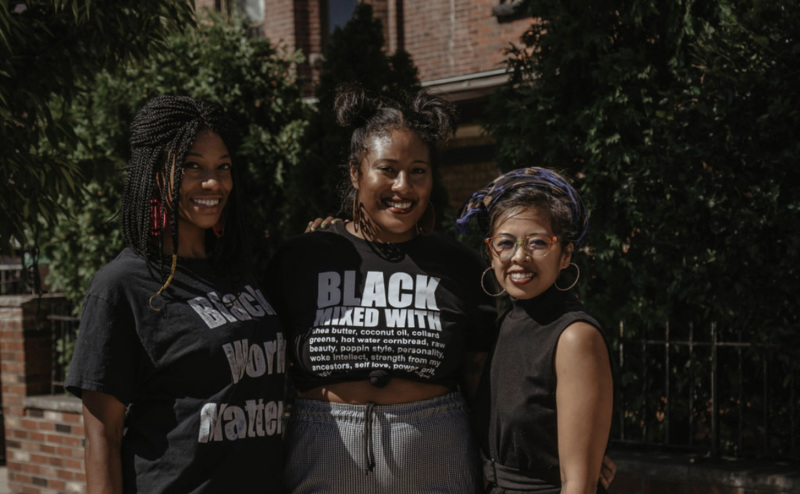
Diners will seek out restaurants that share their own values and beliefs.
By extension, we expect restaurants to be more transparent and outspoken, too. The calls for social and political justice, and the reckonings within the restaurant and food media industries have changed how restaurants operate, how food media covers them, and how diners choose to spend their money or show their support.
The next generation of restaurant workers and owners isn’t afraid to get more political and to be socially conscious. They aren’t afraid to advocate for causes they believe in or to own the narrative.
They’re neighborhood spots like Gertie encouraging people to register to vote. They are bakers uniting against racism and trying to flip the senate. They are restaurants raising money for Black Lives Matter.
They are places like Boston’s Tanám, pioneering Afro-Tiki culture to reclaim the traditional tiki narrative for Black and Filipinx voices. They’re fighting cultural appropriation.
And diners are seeing that, and they’re responding to it. We are seeking out places that share our own values. In 2021, there will be a “rebirth” for restaurants owned by BIPOC, says Steve Wong, director of operations and co-owner of Brooklyn’s Oxalis, “I think there will be a big opportunity to champion more business owned by people of color, especially as consumers are being more selective about what businesses they support.”
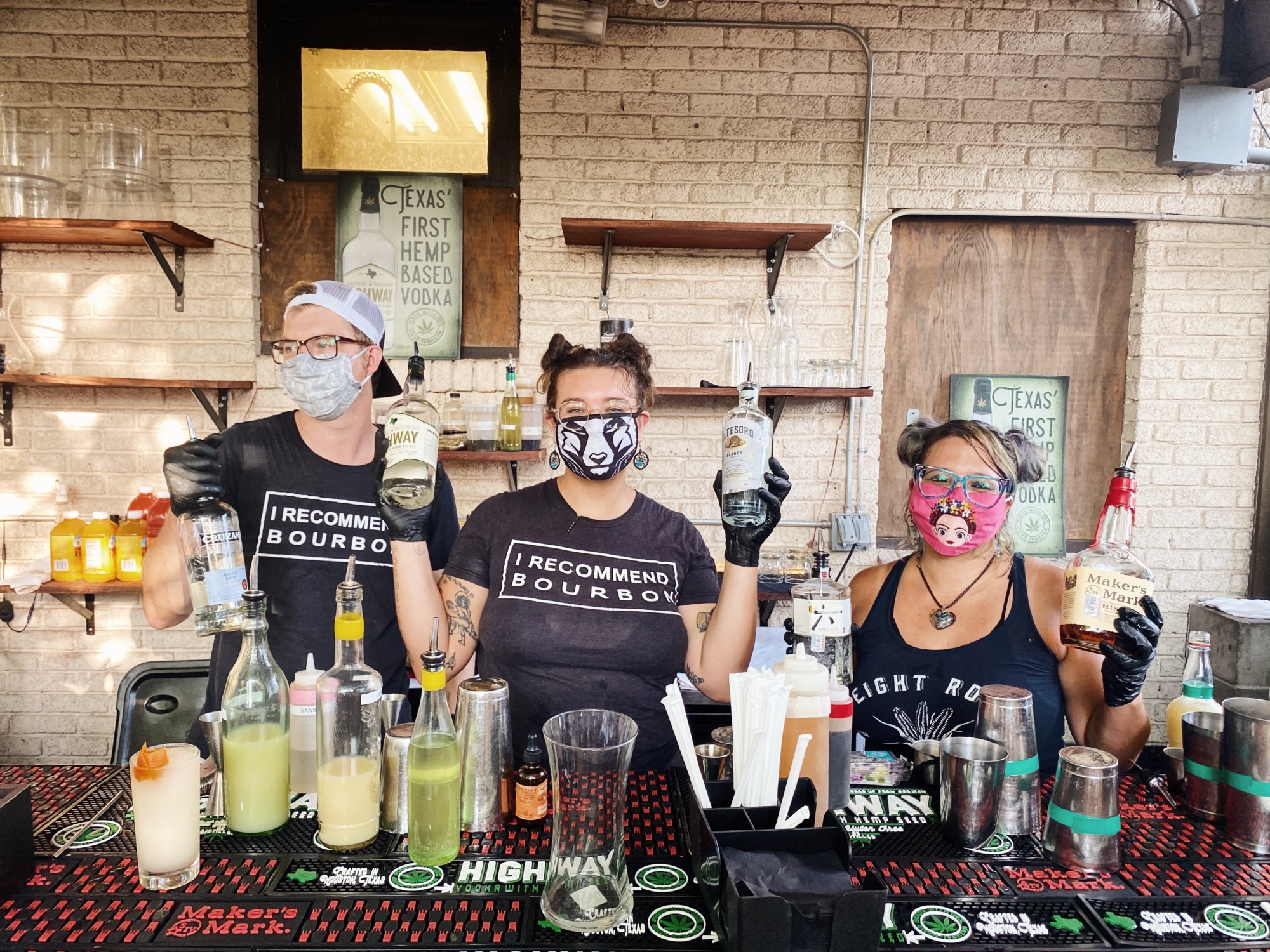
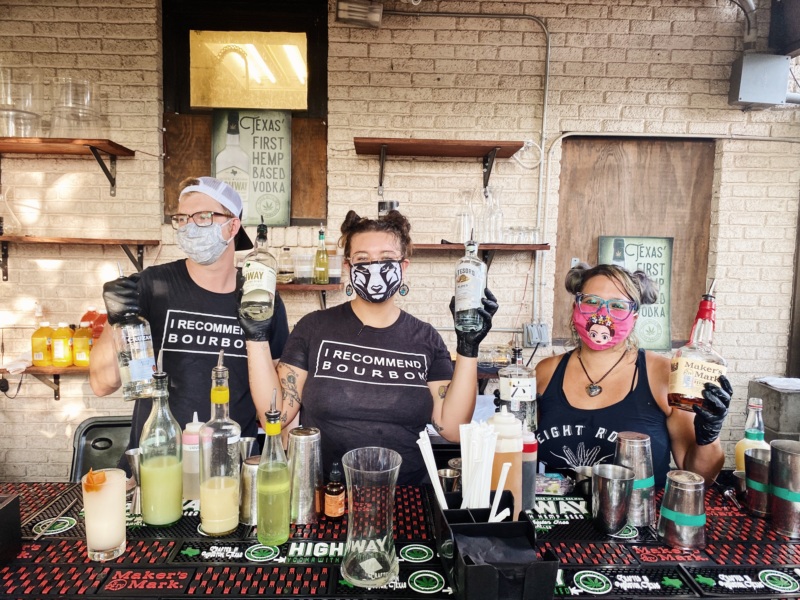
We will embrace pop-ups like never before.
If 2020 was the year of the pandemic pop-up, 2021 will be the year of the pop-up, period. The pop-ups we grew to love last year will have an outsized impact on how we dine in 2021. The cooking was personal, often featuring foods that the chefs grew up with, and giving us new taste memories.
The way we interacted with these pop-ups was so different, too. These pop-ups didn’t use PR firms or rely on media coverage to gain a following. Like many Black and Brown chefs before them, these pop-ups used social media platforms to take our orders and fill us in on their next appearances. In turn, our dining experiences were freer, less formal, more democratized, and more personal. Wherever these chefs go, we’ll follow, and we’ll feel like we already know them, maybe even more so than if they’d just opened a restaurant.
And brick-and-mortar restaurants are going to welcome pop-ups with open arms, too. “I did several pop-ups, and that’s what helped me open the restaurant,” says chef-owner Kevin Chen of New York’s Red Paper Clip, who announced a pop-up series for 2021, giving pop-ups the space and infrastructure to launch their own businesses. “I want to be there to offer that support to other up-and-coming chefs.”
Deanna Ting is a Resy staff writer. Follow her on Instagram and Twitter. Follow Resy, too.

